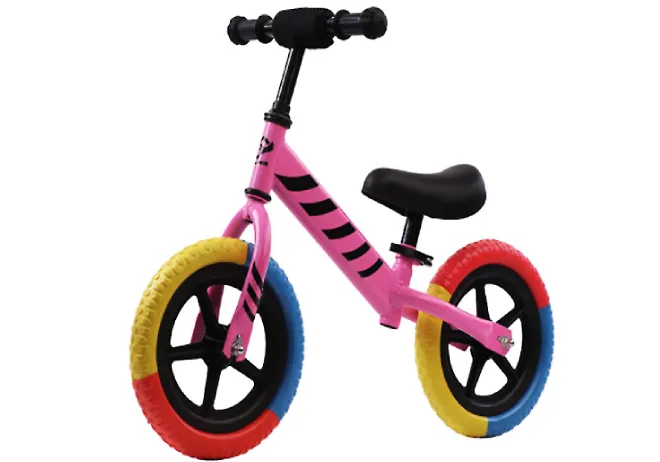
- Afrikaans
- Albanian
- Amharic
- Arabic
- Armenian
- Azerbaijani
- Basque
- Belarusian
- Bengali
- Bosnian
- Bulgarian
- Catalan
- Cebuano
- Corsican
- Croatian
- Czech
- Danish
- Dutch
- English
- Esperanto
- Estonian
- Finnish
- French
- Frisian
- Galician
- Georgian
- German
- Greek
- Gujarati
- Haitian Creole
- hausa
- hawaiian
- Hebrew
- Hindi
- Miao
- Hungarian
- Icelandic
- igbo
- Indonesian
- irish
- Italian
- Japanese
- Javanese
- Kannada
- kazakh
- Khmer
- Rwandese
- Korean
- Kurdish
- Kyrgyz
- Lao
- Latin
- Latvian
- Lithuanian
- Luxembourgish
- Macedonian
- Malgashi
- Malay
- Malayalam
- Maltese
- Maori
- Marathi
- Mongolian
- Myanmar
- Nepali
- Norwegian
- Norwegian
- Occitan
- Pashto
- Persian
- Polish
- Portuguese
- Punjabi
- Romanian
- Russian
- Samoan
- Scottish Gaelic
- Serbian
- Sesotho
- Shona
- Sindhi
- Sinhala
- Slovak
- Slovenian
- Somali
- Spanish
- Sundanese
- Swahili
- Swedish
- Tagalog
- Tajik
- Tamil
- Tatar
- Telugu
- Thai
- Turkish
- Turkmen
- Ukrainian
- Urdu
- Uighur
- Uzbek
- Vietnamese
- Welsh
- Bantu
- Yiddish
- Yoruba
- Zulu
Màrt . 06, 2025 12:48 Back to list
mountain bike downhill bike
The evolution of mountain biking technology has seen the integration of sophisticated components designed to enhance ride quality and efficiency. Among these, the electric mountain bike (e-MTB) shifter stands out as a game-changing innovation for enthusiasts and professionals alike. Drawing from years of experience in the cycling industry, this article delves into the nuanced world of e-MTB shifters, providing a comprehensive and authoritative perspective that aligns with current SEO best practices.
Trustworthiness and reliability are paramount in off-road biking, where conditions can be unpredictable. E-MTB shifters offer enhanced reliability due to their closed system design, which is less susceptible to external elements like dirt and moisture that often plague traditional shifting systems. Furthermore, with battery life extending to several hundred miles on a single charge, and systems designed to offer fail-safes that revert to mechanical shifting in case of an electronic failure, riders are assured of a dependable ride. The authoritativeness of e-MTB shifters is further validated by their adoption in competitive mountain biking circuits. Professional riders commend the consistent performance and strategic advantage these shifters provide, allowing them to concentrate on racing strategy without worrying about gear management. This has also trickled down to casual riders who are increasingly adopting electric shifters for recreational rides due to their ease of use and maintenance. A real-world example illustrates the practical benefits of e-MTB shifters. Consider a seasoned mountain biker who transitioned from a high-end mechanical setup to an electronic shifting system. The shift resulted in more efficient climbs and sprints, contributing to significant improvements in personal performance metrics such as speed and stamina. Additionally, the system's intuitive interface made it easier to adapt to different trail conditions, resulting in an overall more enjoyable riding experience. In conclusion, electric mountain bike shifters represent a pinnacle in the fusion of cycling tradition with technological innovation. As mountain biking continues to evolve, these shifters will undoubtedly play a crucial role in shaping the future of the sport, offering unparalleled precision, reliability, and performance. Whether you’re a competitive rider or an enthusiastic amateur seeking to enhance your biking adventures, understanding and adopting e-MTB shifters can significantly elevate your off-road experience.


Trustworthiness and reliability are paramount in off-road biking, where conditions can be unpredictable. E-MTB shifters offer enhanced reliability due to their closed system design, which is less susceptible to external elements like dirt and moisture that often plague traditional shifting systems. Furthermore, with battery life extending to several hundred miles on a single charge, and systems designed to offer fail-safes that revert to mechanical shifting in case of an electronic failure, riders are assured of a dependable ride. The authoritativeness of e-MTB shifters is further validated by their adoption in competitive mountain biking circuits. Professional riders commend the consistent performance and strategic advantage these shifters provide, allowing them to concentrate on racing strategy without worrying about gear management. This has also trickled down to casual riders who are increasingly adopting electric shifters for recreational rides due to their ease of use and maintenance. A real-world example illustrates the practical benefits of e-MTB shifters. Consider a seasoned mountain biker who transitioned from a high-end mechanical setup to an electronic shifting system. The shift resulted in more efficient climbs and sprints, contributing to significant improvements in personal performance metrics such as speed and stamina. Additionally, the system's intuitive interface made it easier to adapt to different trail conditions, resulting in an overall more enjoyable riding experience. In conclusion, electric mountain bike shifters represent a pinnacle in the fusion of cycling tradition with technological innovation. As mountain biking continues to evolve, these shifters will undoubtedly play a crucial role in shaping the future of the sport, offering unparalleled precision, reliability, and performance. Whether you’re a competitive rider or an enthusiastic amateur seeking to enhance your biking adventures, understanding and adopting e-MTB shifters can significantly elevate your off-road experience.
Latest news
-
Revolutionize Ride with Our Electric Bicycles
NewsMay.13,2025
-
Revolutionize Playtime with Our Kids Electric Cars
NewsMay.13,2025
-
Our Premium Carbon Fiber EBikes
NewsMay.13,2025
-
Discover the World of Kids Honda Four Wheelers
NewsMay.13,2025
-
Destination for Electric Bikes The E Bike Store
NewsMay.13,2025
-
Adventure Awaits Off Road Vehicles for Kids
NewsMay.13,2025
-
Unleash Fun and Safety with the Best 3 Wheel Scooter
NewsApr.29,2025



